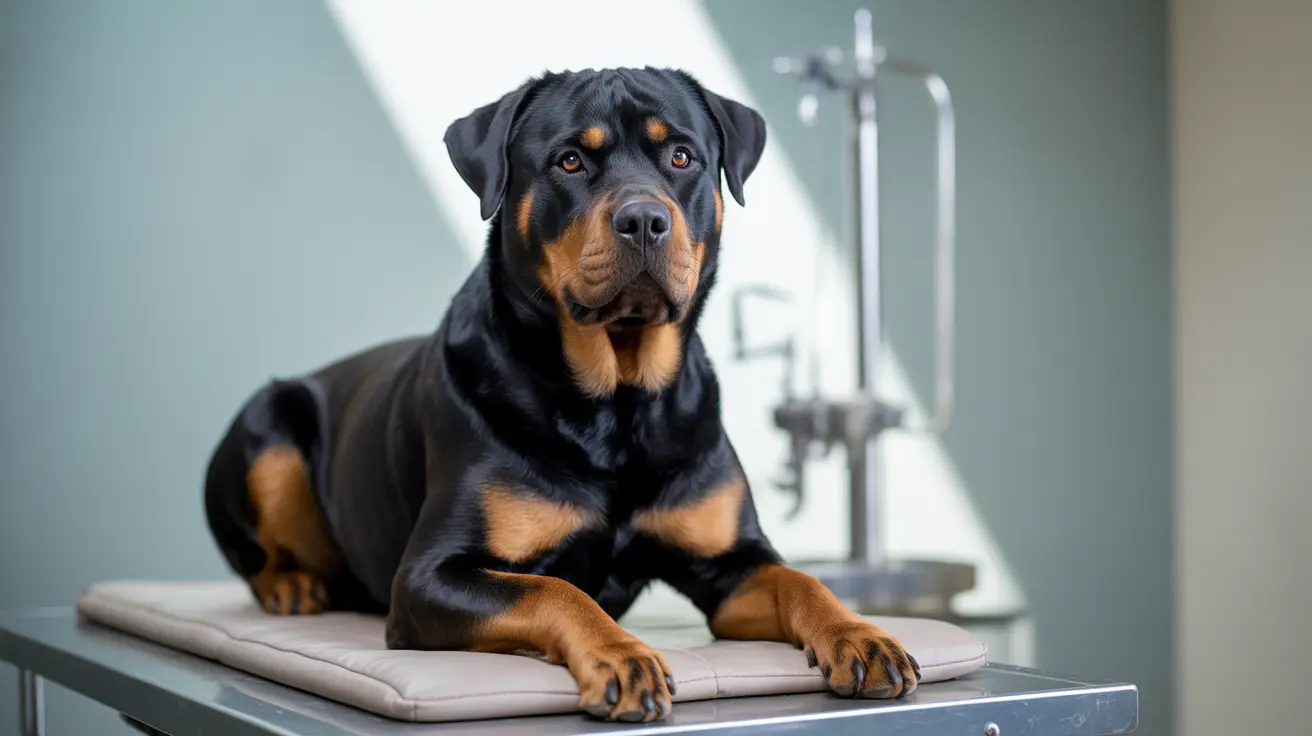How to Calm a Panting Dog: Practical Tips and Guidance
Panting is a natural behavior in dogs, but sometimes it signals more than just the need to cool down. Understanding how to respond when your dog is panting can make a real difference for their comfort and health.
Why Dogs Pant
Dogs don't sweat like people do. Instead, they rely on panting to regulate body temperature. When moisture evaporates from their tongues, nasal passages, and lungs during panting, it helps them cool off. After playtime or exercise—or if it's just a hot day—panting is usually normal. Some breeds with short snouts (think bulldogs or pugs) tend to breathe heavier than others.
What Causes Heavy or Abnormal Panting?
- Overheating: In hot environments, dogs pant to prevent heatstroke. Watch for excessive drooling, glassy eyes, weakness, vomiting, diarrhea, or high body temperature—especially in flat-faced or thick-coated breeds.
- Anxiety or Stress: Loud noises, car rides, vet visits—these can all trigger panting from anxiety. You might also notice pacing, trembling, whining, rapid tail wagging, or hiding.
- Pain or Discomfort: Injuries and health issues like arthritis often show up as panting. Limping, restlessness, reluctance to move, or odd postures may also appear.
- Medical Conditions: Heart failure, Cushing’s disease, respiratory problems—even some medications—can cause heavy panting. Look for coughing, pot-bellied appearance, increased thirst/hunger, and excessive urination.
When Is Panting an Emergency?
If you see any of these signs alongside panting, get veterinary help right away:
- Panting starts suddenly without an obvious reason
- Panting is constant and intense
- Tongue or gums look blue/purple/white
- Your dog collapses or seems disoriented/unresponsive
- Panting with labored breathing (using abdominal muscles)
Steps to Calm a Panting Dog
- Move your dog somewhere cool and quiet with good airflow. Offer fresh water but don’t force drinking.
- If you suspect overheating: cool your dog gradually with lukewarm water (never cold), and use fans if possible.
- Minimize stress by reducing loud noises; speak softly and use gentle touch if your dog finds it comforting.
- Avoid giving human medication unless directed by your vet—it could be toxic!
- If pain or medical emergencies are suspected: call your vet promptly and prepare for safe transport.
Mild Panting vs. Serious Issues
Mild panting after excitement should settle down within minutes—just provide shade and water after exercise. If recovery takes longer than usual or you notice other symptoms (like lethargy), keep an eye out for changes.
Recognizing Stress and Anxiety in Dogs
- Pacing or shaking
- Cowering or hiding
- Whining/barking more than usual
- Dilated pupils; pinned-back ears; unusual posture
You might also spot yawning (when not tired), drooling excessively, licking lips often—or even shedding more fur during stressful moments.
Easing Your Dog's Stress and Anxiety
- Remove your dog from the source of stress; find a quiet refuge like a crate or mat.
- Reward calm behavior—don’t force interaction if they want space.
- Mental stimulation helps: short walks (if safe), play sessions, puzzle toys can dissipate nervous energy.
You can try calming aids such as pheromone sprays or anti-anxiety wraps—but always check with your vet first if considering supplements or medication for anxiety. Consistent routines help too; offer treats when they're relaxed to reinforce calm states. For severe anxiety that doesn't improve with these steps, consult a veterinarian for tailored treatment options including behavior modification plans.
Preventive Care: Keeping Your Dog Comfortable
- Avoid exercise during the hottest part of the day; always have shade and water available.
- Keep your dog at a healthy weight through balanced nutrition and regular activity suited to their breed/age/health status.
If you notice early signs of illness or behavioral changes (keep a journal!), schedule regular veterinary check-ups for early detection of problems.
The Takeaway: Practical Calming Tips at a Glance
- Stay close by for reassurance if anxiety triggers panting.
- Offer cool water and shade in warm weather conditions.
- If needed—and approved by your vet—apply anti-anxiety garments or calming products.
Tweak exercise routines so they're suitable for your dog's needs; avoid overheating risks whenever possible. And remember: unexplained ongoing panting deserves prompt veterinary attention—your dog's well-being depends on it!





